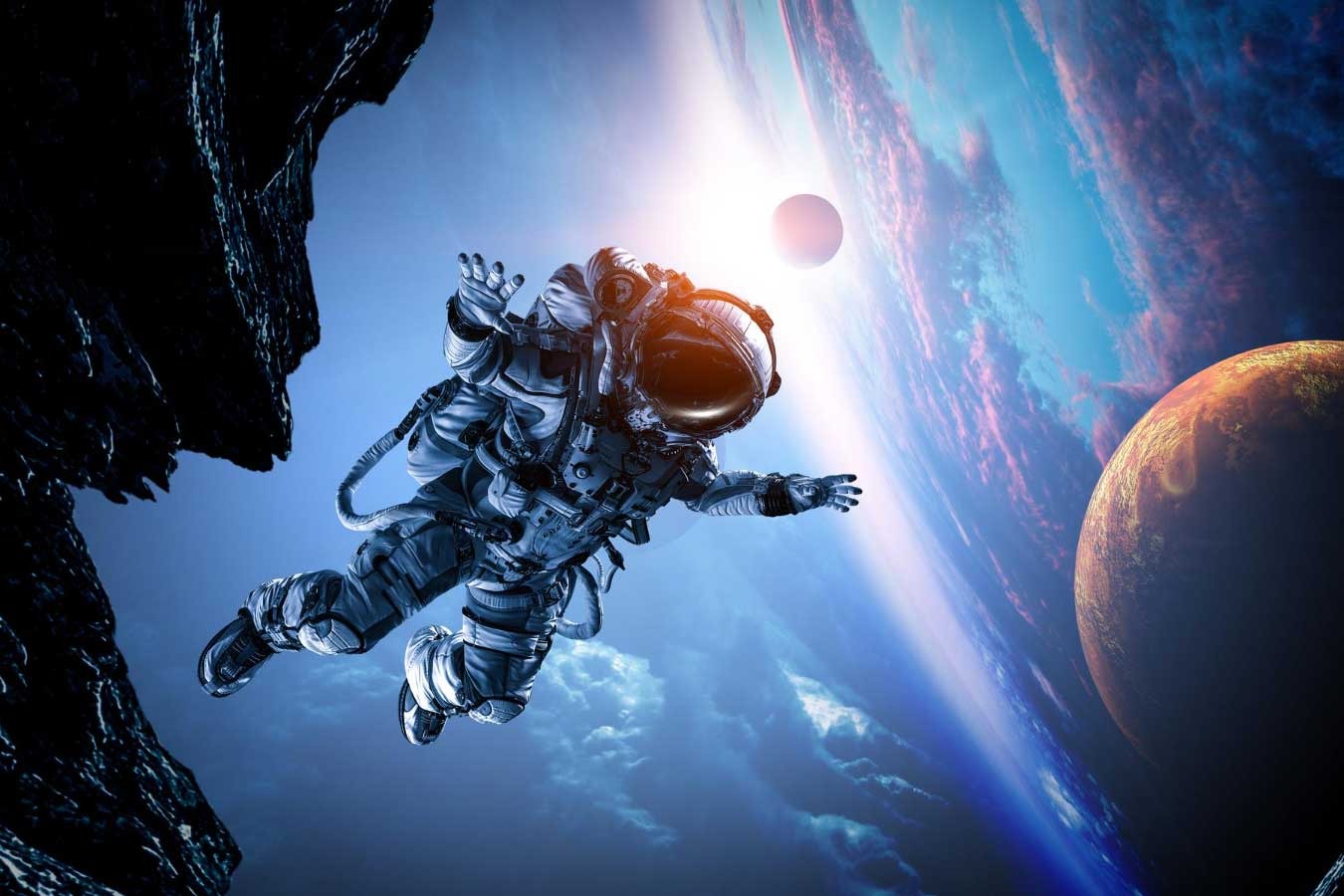Astronauts, while in space, are exposed to imperceptible, but very dangerous galactic cosmic radiation (GCR). Together with microgravity conditions, this can negatively affect their health, namely, cause oxidative stress and endothelial dysfunction, in turn, associated with the risk of erectile dysfunction.

The new study aims to determine the effect of space flight conditions and long-term recovery on tissues critical for erectile function — in particular, on the distal internal pudendal artery and the corpus cavernosum.
86 adult male rats were selected to participate in the study, which were divided into groups and subjected to a 4-week unloading of hindlimb unloading, as well as a fictitious GCR on a specially created NASA simulator.
After a 12-13-month recovery, analysis of the tissues of the pudendal artery and the corpus cavernosum show that GCR and microgravity really have a detrimental effect on them. That is, space flights can negatively affect vascular tissues associated with erectile dysfunction. Moreover, the negative effects persisted even after a long recovery.
Low doses of GCR and simulated weightlessness cause vascular changes due to increased oxidative stress. But, as it turns out, it can be treated: some antioxidant drugs can mitigate these effects.
The author of the study, Justin D. La Favor in Eureka Alert, insists on the need for careful monitoring of the sexual health of astronauts after returning to Earth, in particular, taking into account the planned manned missions into space in the coming years.
The negative effect of GCR can be long-lasting, but functional changes in tissues indicate that erectile dysfunction can be treated with targeted effects on redox processes and nitric oxide transmission pathways.
Earlier, we explained why NASA strictly prohibited astronauts from getting pregnant in space.
According to techexplorist.com
Follow us on Twitter to get the most interesting space news in time
https://twitter.com/ust_magazine


